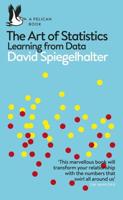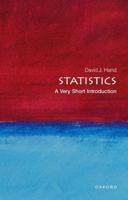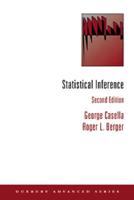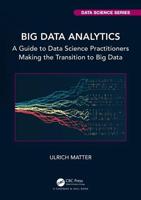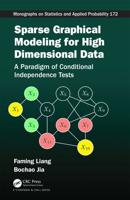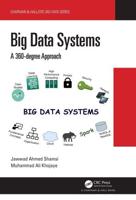Publisher's Synopsis
With the growth of cross-national and cross-cultural work in the survey field, it is becoming essential for survey practitioners to have a comprehensive treatment of translation in surveys. Written by the leading authority on the topic, Understanding Survey Translation is the first book of its kind to provide guidance on the quantitative and qualitiative methods for adapting surveys for diverse populations. The book explores both the technical and business sides of survey translation for researchers and survey practitioners involved in planning, implementing and evaluating survey translations, providing the necessary tools to engage successfully with translators and clients on survey projects. Following an introduction to the topic, the book explores the relationships between design, adaptation, and translation and the importance or recognizing these, drawing together insights from mainstream translation theory and cross-cultural research to provide guidance on adaptation and its testing and how this in turn relates back to translation. Next, the relationships among design, translation and (pre)testing are discussed, demonstrating potential benefits, the consequences of misplaced cost-cutting, and ways to pretest translations parsimoniously. A chapter on translation in different contexts outlines different treatments needed for working with different kinds of surveys and instruments, including health diagnostics, social attitudes surveys, educational tests, translation for populations across countries and within countries, and translating other survey materials. In addition, the author uniquely provides a translator’s perspective on surveys and questionnaires, identifying essential aspects of questionnaires that translators cannot be expected to recognize themselves such as "surveyspeak"; the purposes of linguistic symmetry; measurement components of questions and answer options; questionnaire design conventions; and technical and programming formats. Key procedures and tools that translators use are described, equipping readers with the tools needed to inform survey project planning and procedural steps. The book treats questionnaire design, design testing, and translation as closely interrelated. This will provide valuable insights and answers even for projects where this is not the case. It also envisages survey translation as embedded in a quality assurance and monitoring framework aimed at reducing total survey error and, importantly, ensuring comparability. The topics of quality assurance and quality control are also addressed along with best practices for translation training and concluding thoughts on emerging developments and trends for survey researchers to understand moving forward. The book is written in a non-technical manner that addresses this growingnd does not require knowledge of languages other than English.


